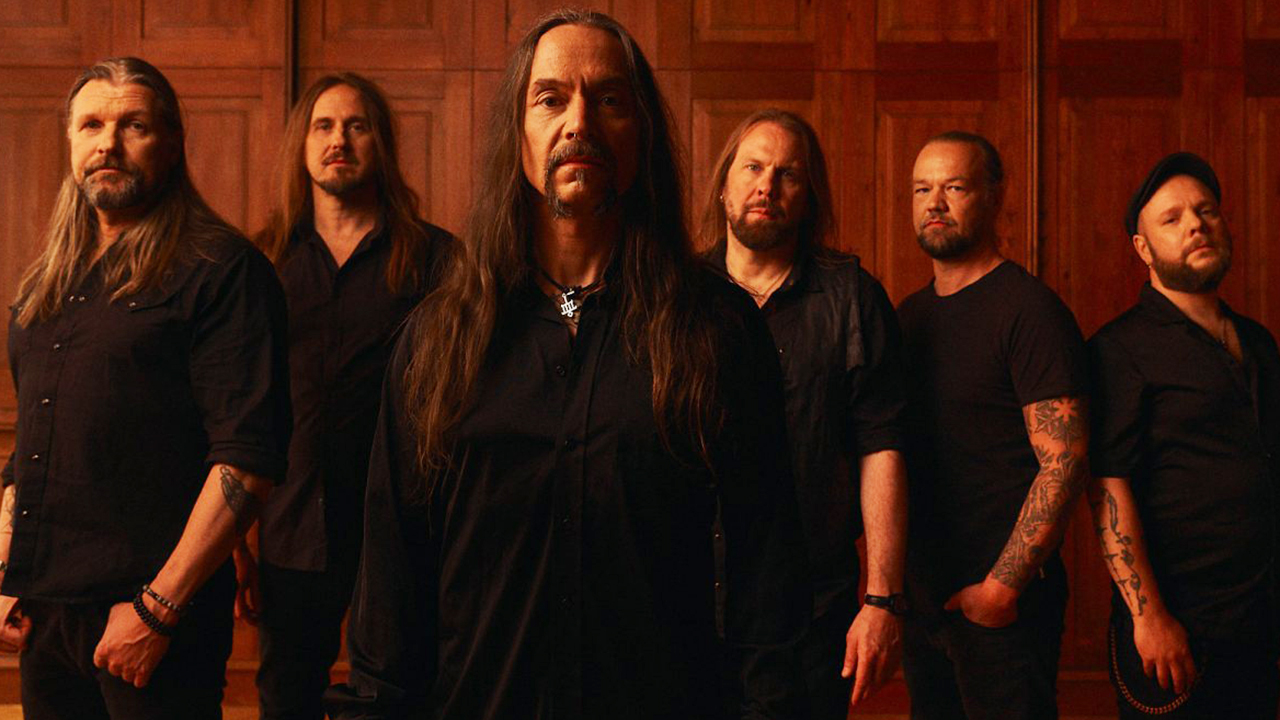1993: The year Roadrunner Records became an unstoppable force
Starting as a death metal label before breaking a ton of mainstream heavyweights, Roadrunner Records ruled '93
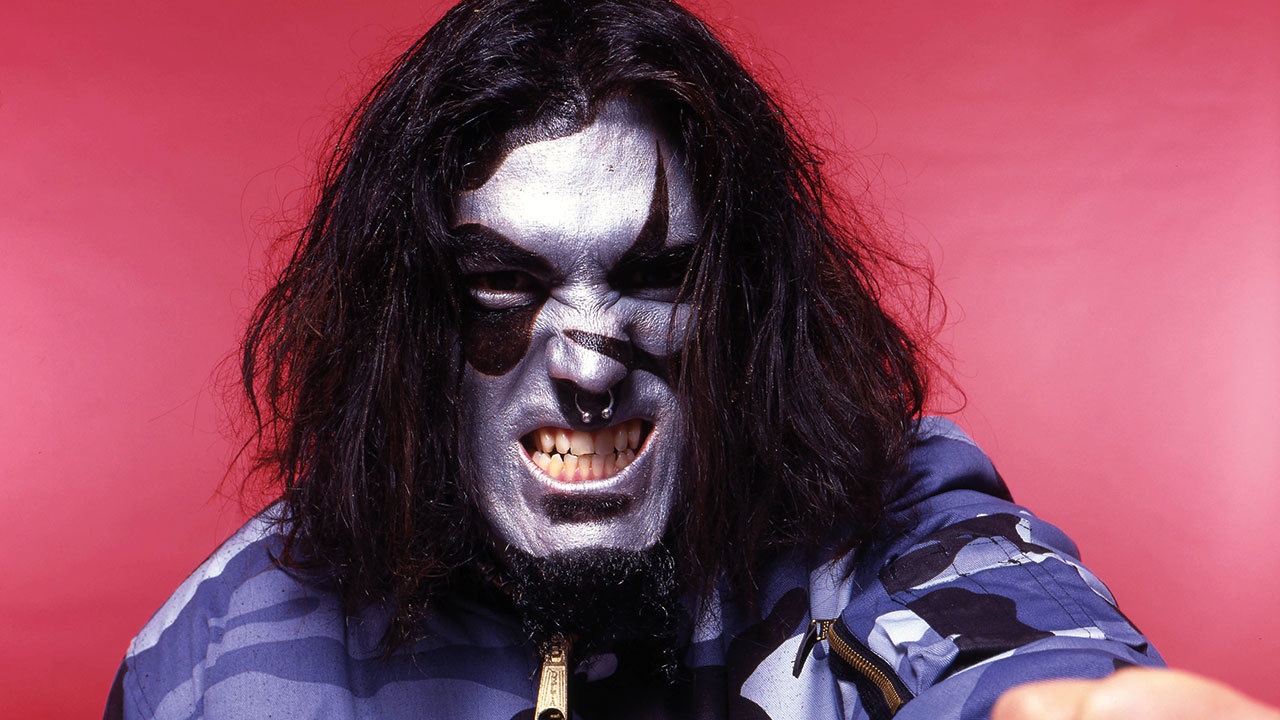
The early 1990s was fast becoming a turbulent time for metal. Grunge and alternative rock had stolen the spotlight, and six-string heroics, gut-punching riffs and flailing hair were seen as passé. The success of Pantera aside, metal’s days as a mainstream force seemed numbered.
Except that wasn’t quite the whole picture. On the fringes, exciting things were still happening. Death metal had outgrown its gore-obsessed adolescence and headed into more melodic waters. A new wave of Scandinavian black metal bands were causing mayhem in the name of Satan. Brazil’s Sepultura were waiting in the wings for their shot at the big-time. And on both sides of the Atlantic, an underground record company was on the verge of becoming one of the most powerful and influential record labels of the decade.
That label was Roadrunner Records, and 1993 would be its watershed year. From its beginnings as a cradle of death metal, Roadrunner exploded into metal’s mainstream thanks to a trio of key albums – Sepultura’s Arise, Type O Negative’s Bloody Kisses and Life Of Agony’s debut, River Runs Red. It would be at the vanguard of rap-metal, 90s hardcore and nu metal. By the decade’s end, it was home for everyone from Slipknot to Nickelback.
“Our goal was to be the biggest metal label in the world,” says Monte Conner, Roadrunner’s former head of A&R and the man who signed Sepultura, Machine Head, Slipknot and countless others. “I felt like we were leaders and innovators.”

Founded in Holland in 1980 by Cees Wessels, Roadrunner started out licensing albums by artists as diverse as British jazz-rocker Robert Wyatt and hardcore punk pioneers Black Flag. By the mid-80s, they had pinned their colours to the metal mast, picking up albums by Metallica, Slayer and Mercyful Fate, and opened an office in New York. Their first breakthrough release came in 1987 with King Diamond’s Abigail, but it was their focus on the late 80s death metal scene that helped give them an identity as a cutting-edge underground label.
“We were still very much an underground metal label in those days,” says Monte. “But we were in clear ascent, due to the label’s massive success in the death metal world with bands like Obituary, Deicide, Fear Factory, Suffocation and others, but mostly due to Sepultura emerging as a major band.”
Sepultura were one of the hottest bands of the early 90s. Formed in Belo Horizonte, Brazil, in 1984, they were signed by Roadrunner for their second album, Schizophrenia. But it was their brutal third album, 1989’s Beneath The Remains, that brought them to worldwide attention. By the time of its follow-up, 1991’s Arise, the Brazilians were one of the few metal bands in a position to take on the incoming grunge hordes.
Sign up below to get the latest from Metal Hammer, plus exclusive special offers, direct to your inbox!
“We weren’t scared of grunge or alternative rock,” says Sepultura guitarist Andreas Kisser. “We loved Soundgarden and Alice In Chains, we took influence from that scene. And I think they felt the same about us as well. We would see [then-Nirvana drummer] Dave Grohl wearing Sepultura t-shirts.”
For Roadrunner, it was apparent that the landscape was changing and they had to move beyond the boundaries of extreme metal. Under orders from Cees Wessels to “abandon that world”, Monte began searching out different sounds – starting on his doorstep in New York.
“The label started to seriously branch beyond thrash with Type O Negative, Biohazard and Life Of Agony,” he says. “All bands that had their roots in New York hardcore, before moving far beyond it.”
All three bands were coming at things from different places. Brooklyn’s Biohazard were rap-metal hardmen whose violent street-level worldview of life was laid out on their Roadrunner debut, 1992’s Urban Discipline. Life Of Agony were the young pups of the hardcore scene, with singer Keith Caputo using the band as cathartic release for his tumultuous family background and mental state. Type O Negative were something else entirely, a unique hybrid of hardcore, metal and goth that was the brainchild of towering frontman Peter Steele, former singer with controversial race-baiting 80s metal outfit Carnivore. What bound the bands together was Roadrunner, and the sense of community that came with it.
“Monte would come and see us, although he didn’t sign us immediately because he wasn’t sure about our vocals,” says Life Of Agony bassist Alan Robert. “He took a lot of convincing. But once we were on the label, it was great. We knew everyone there personally and hung out. It was the easiest, coolest place to work, and when it all took off it was really exciting to see other bands getting success.”
1992 saw those success stories simmering. But it wasn’t until the following year that they reached boiling point.
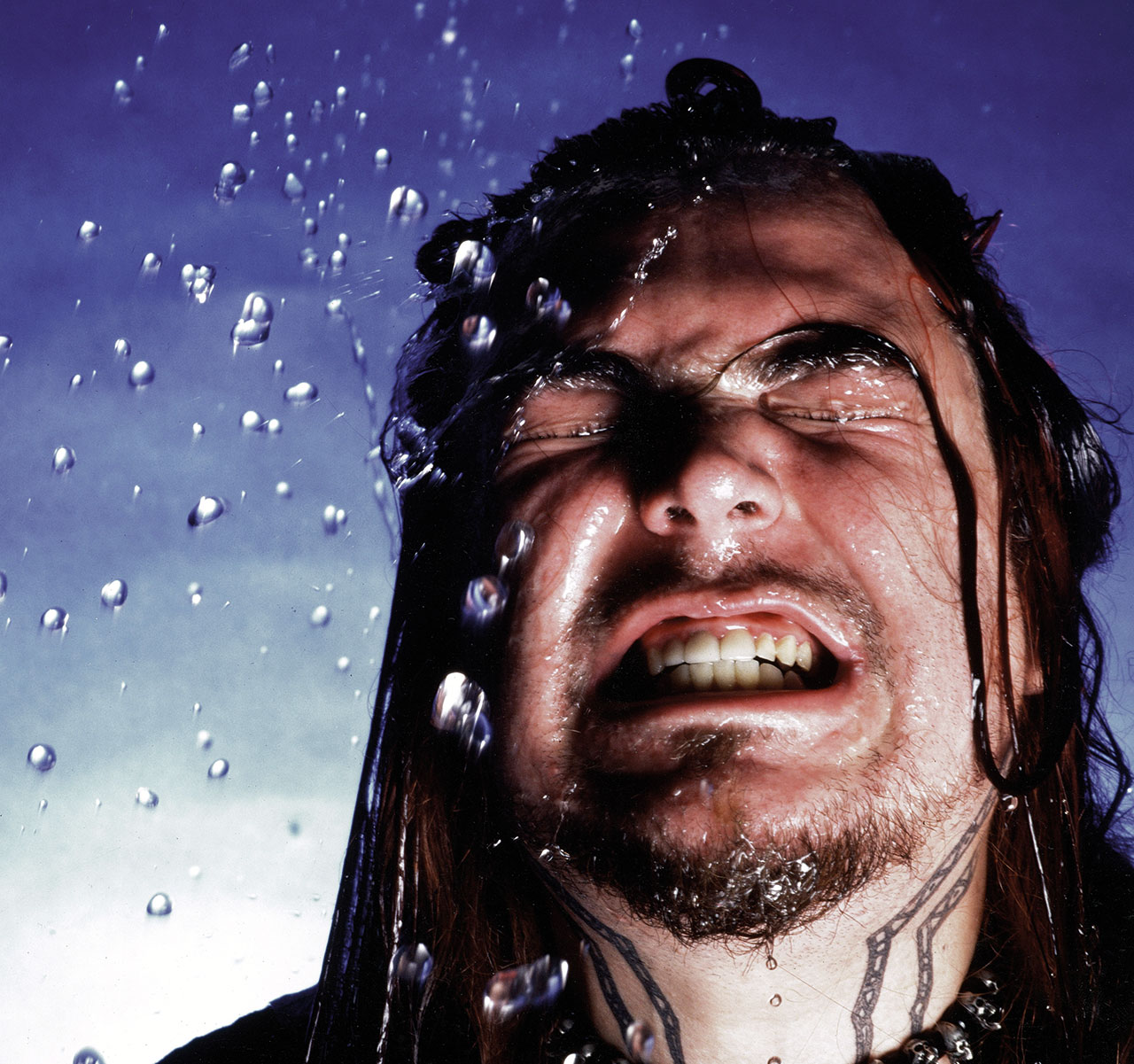
The first half of 1993 was fairly quiet for Roadrunner, but all that changed in August with the release of Type O Negative’s third album, Bloody Kisses. The band’s first two records, 1991’s Slow, Deep And Hard and 1992’s faux-live The Origin Of The Feces, interspersed Sabbath-esque dirges with bursts of face-pummelling hardcore. But Bloody Kisses was where they turned everything up to another level, combining heaviness, melody and Peter Steele’s fathoms-deep croon. This was the true birth of goth-metal.
“They were doing so much that was different with heaviness and melody on Bloody Kisses that it just deserved to be heard by so many people,” says Alan Robert.
Remarkably, it was. The album’s two big singles were the brilliantly blasphemous Christian Woman and gothic tour de force Black No.1. In their original form, they were both lengthy epics, but significantly edited versions that wisely focused on the songs’ innate catchiness were soon picked up by radio. This was Roadrunner’s first taste of success.
“Those songs gave us our first hit singles,” says Monte Conner. “Once we got our hands on those Type O hits, we were determined to break through that wall and put Roadrunner on the map at rock radio. Our radio guy worked his ass off to get us in that position.
It would take two years for Bloody Kisses to sell 500,000 copies in the US and become Roadrunner’s first Gold record, but as the label had neither the budgets nor the infrastructure of a major, that was still some achievement. Plus, they had plenty more up their sleeve.
Where Type O Negative were a surprise hit, the success of Sepultura’s fifth album was less of a shock. The Brazilians had been gradually easing themselves away from guttural thrash metal since the start of the decade, but Chaos A.D. – released in October 1993 – was something else. While it was still brutal, it added groove, ambition and, on the percussive Refuse/Resist and Kaiowas, the first flowerings of the world music influences that would come to full fruition two years later on Roots.
“This was the album where the band transcended the death/thrash genre and simply became a timeless metal band,” says Monte. “When I signed them in 1988, did I foresee that growth in ’93? Of course not, no one could have.”
So confident were Roadrunner in the album that they launched it with a huge party at Caerphilly Castle in Wales. Journalists and radio producers were flown in from around the world to be wined and dined with Brazilian food and drink. The evening’s entertainment even included a dance troupe from the band’s home country. “It cost a fortune,” laughs Monty. “But Cees was not going to let the label’s greatest achievement to date go by without making a huge deal of it.”
Their faith paid off. Chaos A.D. reached Number 11 in the UK and became the first Roadrunner album to break into the US Top 40, peaking at Number 32.
“It was the most important period of our lives,” says Andreas. “We were coming into it in a really good place. It was just the four of us, we had the right unity and balance, and the label let us express what we wanted to express. That is the only way to make the best art.”
While Roots might be Sepultura’s marquee album, Chaos A.D. remains arguably more important in the development of the band, the label and heavy music in the 90s. You can trace a line from it through Roots and onto the likes of Machine Head and, later, Slipknot.
“I’d say Chaos A.D. is the album that started that whole deep, heavy groove thing,” says Jami Morgan, vocalist and drummer with Code Orange, one of Roadrunner’s current standout young bands. “Without that record, I don’t know where heavy music would have gone. You’ll always see Reba [Meyers, Code Orange guitarist] wearing a Sepultura shirt onstage because they were such a huge influence on us. All of those bands were.”

Life Of Agony may not have the A-list status of Sepultura or the sheer otherwordliness of Type O Negative, but they were no less crucial to Roadrunner’s success. Where Max Cavalera’s crew drew from thrash and death metal, and Type O represented the label’s goth-metal wing, the Brooklyn four-piece bridged New York’s hardcore scene and the burgeoning alt-rock movement, bringing self-lacerating introspection to the sonic melting pot.
“We were young and angry and pissed off,” says Alan Robert. “I think we were initially thought of as too weird a band for anyone to get; we didn’t identify as metal, or punk, or hardcore; we just did the thing we did.”
While River Runs Red wasn’t as commercially successful as Bloody Kisses or Chaos A.D., it was still a big part of Roadrunner’s breakthrough year and helped pave the way for Life Of Agony’s own success with 1995’s Ugly. Its displays of emotional self-loathing became a trope of the nu metal movement, as did the downtuned grooves of Chaos A.D.
“I saw that coming,” states Andreas Kisser, who kept the Sepultura flag flying after Max Cavalera quit in 1996. “We were in a strong position on Chaos A.D. but then things changed and we became so fragile that it was always going to fall apart. So other bands took that sound and they made their choices, and it became more commercially successful. I knew this music always had that potential, we just couldn’t capitalise fully on it.”
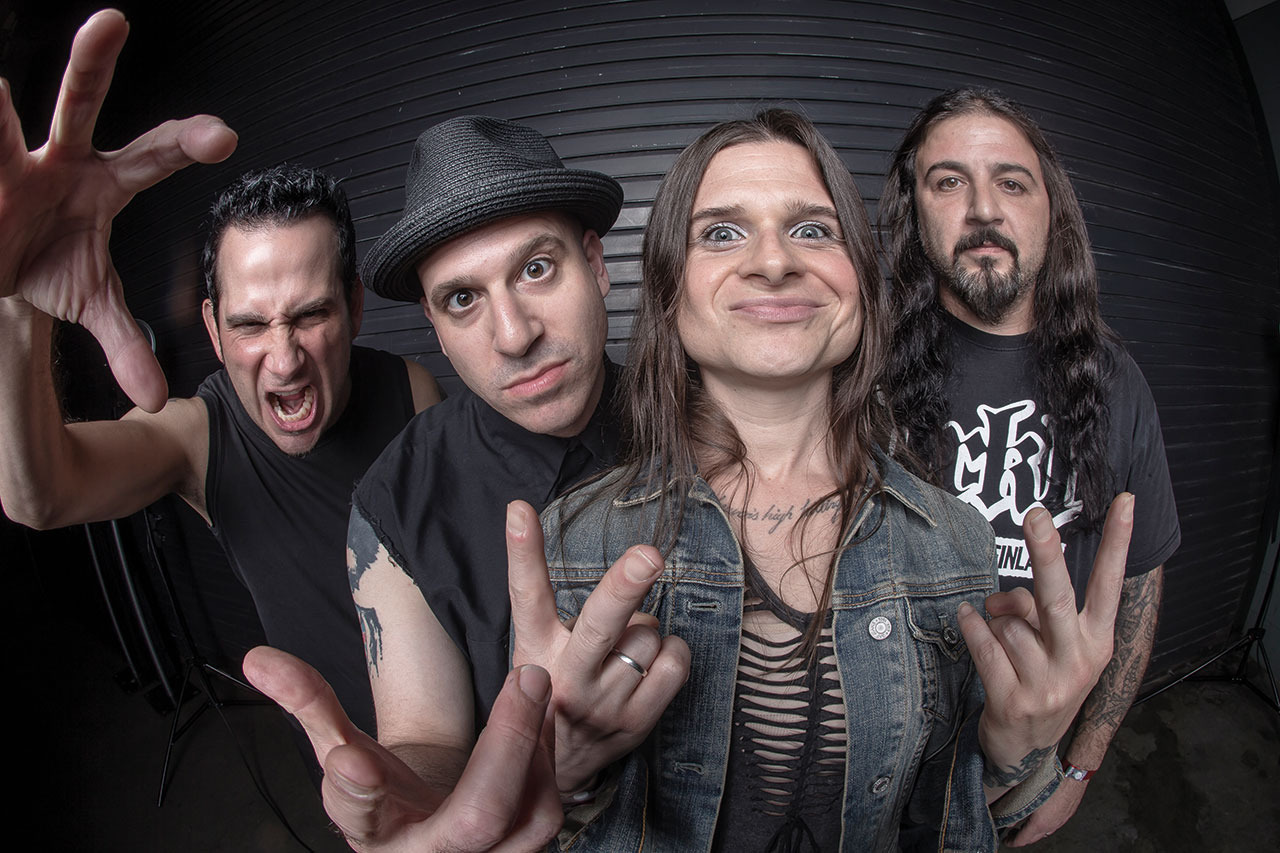
Those three albums weren’t the only ones the label released in 1993, but they were the ones that pointed to the future. Roadrunner began building on their success immediately, releasing Machine Head’s game-changing debut, Burn My Eyes, the following year, while Fear Factory’s Demanufacture was released in 1995 and Sepultura’s titanic Roots followed in 1996. Roadrunner also became home to such influential bands as Coal Chamber, Soulfly and Slipknot, as well as a diverse array of acts that included hardcore luminaries Vision Of Disorder, Dutch gabber kingpin Junkie XL and, ultimately, multimillion-selling arena rock giants Nickelback.
“Honestly, while it was all happening, I could never appreciate the true scope of the success we were having,” chuckles Monte Conner. “Why? It all seemed so easy. The success achieved with the class of ’93 paved the highway that all the follow-up bands were to travel down. After 1993, Roadrunner became a very attractive place for metal bands.”
Roadrunner continued to be one of the most successful labels of the 2000s, as well as a hothouse for new talent, before being bought out by Warners in 2010. But despite a change of owners, it remains one of metal’s prime movers.
“The reason people are still talking about it is simple,” says Jami Morgan. “That music still sounds fresh and interesting and heavy today. Those weren’t just bands – they were ideas. Look at the way Type O portrayed themselves in their videos, look at the aesthetics of Sepultura, look at the t-shirts! I still collect those bands’ t-shirts! And it is happening again. Look at the roster of bands Roadrunner has now: Code Orange, Turnstile, Creeper. We’re all products of how those bands conducted themselves and conceived their art. What happened in 1993 is going to happen again, mark my words.”
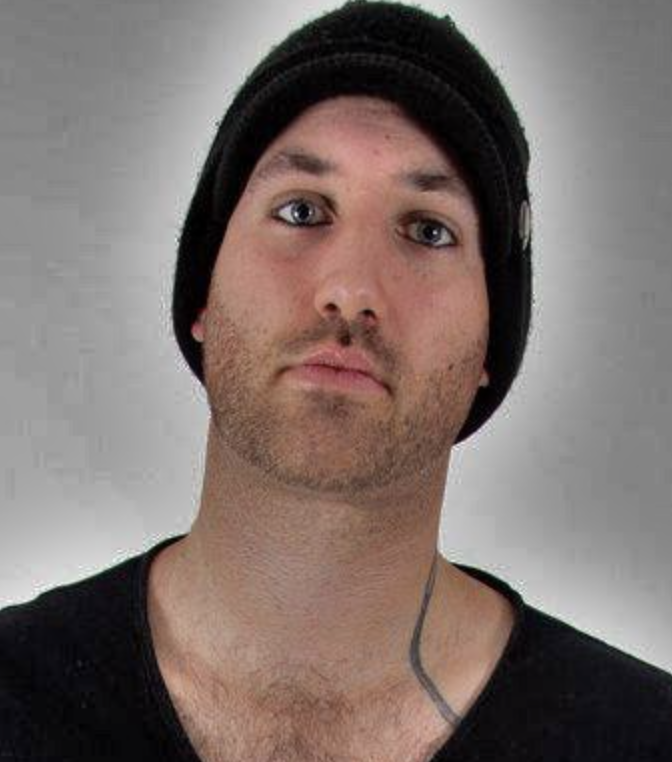
Stephen joined the Louder team as a co-host of the Metal Hammer Podcast in late 2011, eventually becoming a regular contributor to the magazine. He has since written hundreds of articles for Metal Hammer, Classic Rock and Louder, specialising in punk, hardcore and 90s metal. He also presents the Trve. Cvlt. Pop! podcast with Gaz Jones and makes regular appearances on the Bangers And Most podcast.
